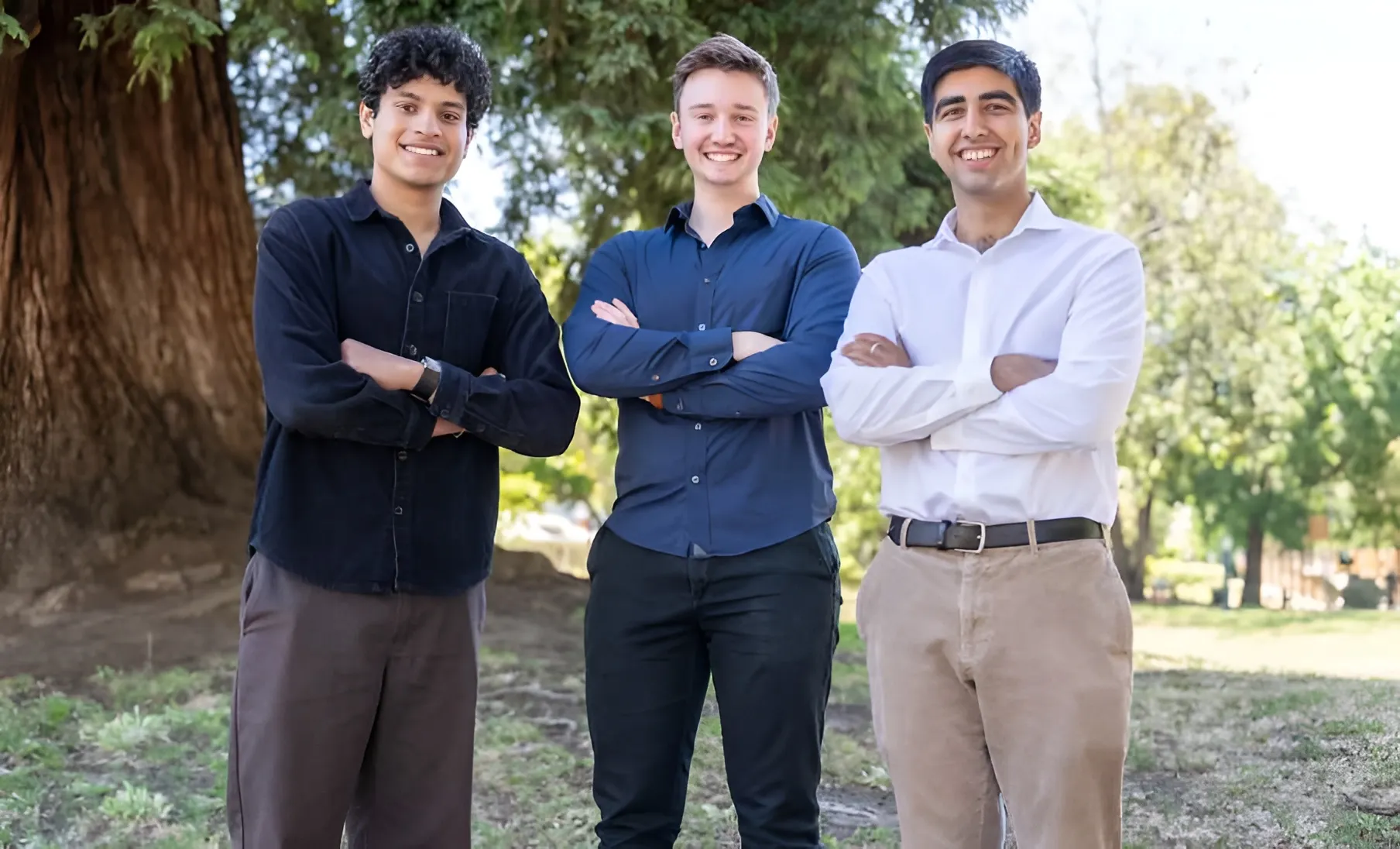
When I first learned of the Mercor team at the end of summer 2023, I jumped on a plane immediately to meet with the company’s founders, Adarsh Hiremath and Brendan Foody, in person.
Hiremath, Foody, and co-founder Surya Midha, did not fit the model of three Stanford/MIT founders. Instead, they were three high school friends who had dropped out of Georgetown and Harvard. The team had started by building AI tools for talent vetting and had already achieved something remarkable:
Brendan and I shared a belief in the verticalization of labor. The way knowledge work interacts with the economy is changing, and this was the team building the infrastructure to support that future. Their customers love them because they can hire high-quality talent extremely quickly with the confidence that they will perform well.
I had met several companies looking to be the next category leader in recruiting, following the last generation of technical labor market leaders (e.g., Dice.com), as Monster.com filed for bankruptcy. In recent years, we’ve done deep dives on emerging models: “Uber for blue-collar jobs,” AI-driven technical recruiting, coding assessment platforms, and community-driven review sites like Blind and Fishbowl.
But this is not an “I knew it from day one” story. I did not.
Rather, it is a testament that:
1.) Talent capable of escape velocity is decentralized.
2.) Talent is the new asset
3.) AI is fundamentally changing the economics of building
4.) That the barriers to entry are zero while a *few* startups — regardless of where they were originally seeded — reach escape velocity faster.
The founding team, CEO Brendan Foody, CTO Adarsh Hiremath, and COO Surya Midha, embodied everything we look for in early-stage founders:
They are lifelong friends with an unbreakable bond who built and sold the product themselves.
The initial go-to-market strategy focused on solving the time it takes to vet replaceable human labor, a multibillion-dollar problem facing companies, by streamlining hiring and providing high-quality talent for companies building advanced AI.
The solution was an API endpoint for human labor to help automate the global economy. Mercor quickly reached $1M profitably.
The team’s technical AND commercial acumen was unlike anything we had seen: revenue traction to date, the CEO’s tremendous understanding of his customers, and the founding team’s existing close bonds and relationships.
Mercor on Day 1: The approach was elegantly simple yet sophisticated. They automated the entire hiring pipeline using proprietary LLMs:
● An AI interviewer conducting thorough technical assessments
● Resume analytics using vector databases and semantic analysis
● GitHub and professional profile analysis
● Performance prediction models that outperform human hiring decisions
The company used a vector database and embeddings for semantic analysis, leveraging ChatGPT to create embeddings and query meaning and cosine similarity for talent with backgrounds in React to find similar, correlated technical backgrounds.
Initially, the closest competitor was Scale AI. Scale AI was targeting similar markets, but its mistake was starting with a platform for packaging tasks rather than vetting infrastructure.
Brendan, Adarsh, and Surya understood where budgets were being spent and the labor AI shift opportunity. With zero customer acquisition cost and 100% referral-based growth, they had already attracted customers from four of the top five AI labs. Their gross margins of 35% (improving to 40%+) demonstrated strong unit economics from day one.
The $45 trillion knowledge work market represents an unprecedented opportunity. As AI automates more workflows, the need for efficient human-AI collaboration becomes critical. Mercor positioned itself at the center of this transformation by driving:
● Transition from W2 full-time work to modular, task-based employment
● AI serving as both an independent contributor and a manager
● Output-based business models replacing per-seat pricing
● A unified global labor market where everyone interviews once, and every company can hire
Mercor’s defensibility lies in its proprietary performance data flywheel. Every interview, every hire, and every performance review strengthens its prediction models. Mercor’s “Expert Preference Eval” that uses panels of hiring managers from prestigious companies as ground truth demonstrates that its models are already outperforming human decision-making in candidate selection.
The most counterintuitive insight from Mercor’s growth has been that as AI becomes more capable, the demand for human expertise increases rather than decreases. Mercor’s platform now facilitates a new type of work where humans need to perform a task just once to teach AI systems how to do it forever. This shifts human labor from variable cost (doing the same task repeatedly) to fixed cost (encoding knowledge that can be applied unlimited times).
The company’s customers increasingly need human evaluators for longer-horizon tasks and collaborative environments: longitudinal patient cases assessed by physician panels, multi-party M&A negotiations, and risk-hedging strategies as markets evolve. Mercor has become the infrastructure enabling this sophisticated human feedback loop.
Mercor is more than just another entrant in the recruiting space; it represents a fundamental rethinking of how human expertise and AI intersect to power the global economy. By combining an extraordinary founding team with early market traction, a defensible data moat, and a vision that aligns with the tectonic shifts in how knowledge work is organized, Mercor has positioned itself as the infrastructure layer for the next generation of labor.
The journey ahead will be defined by how quickly organizations embrace this transformation, but one thing is already clear:
.png)
.avif)